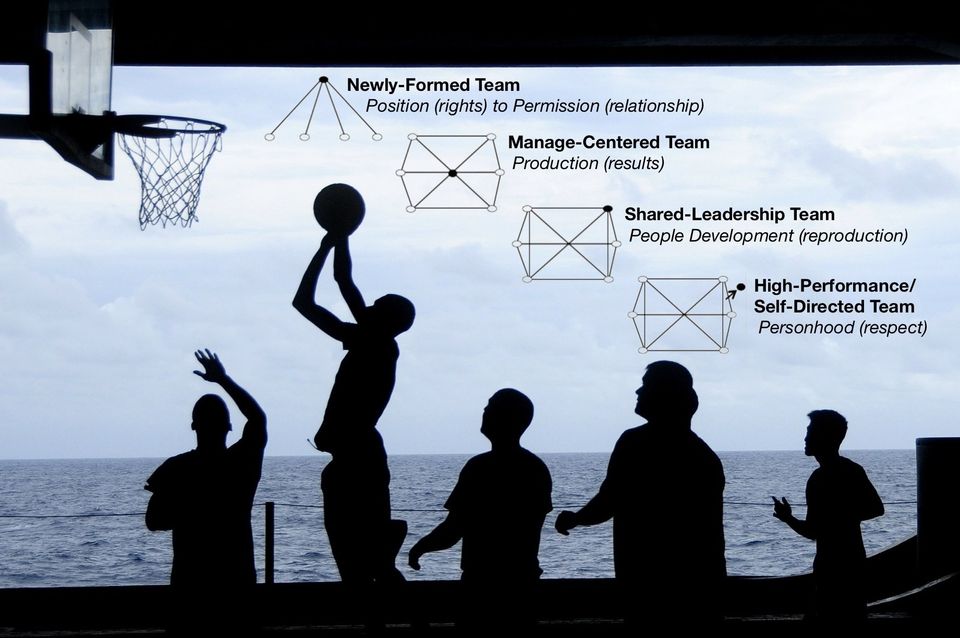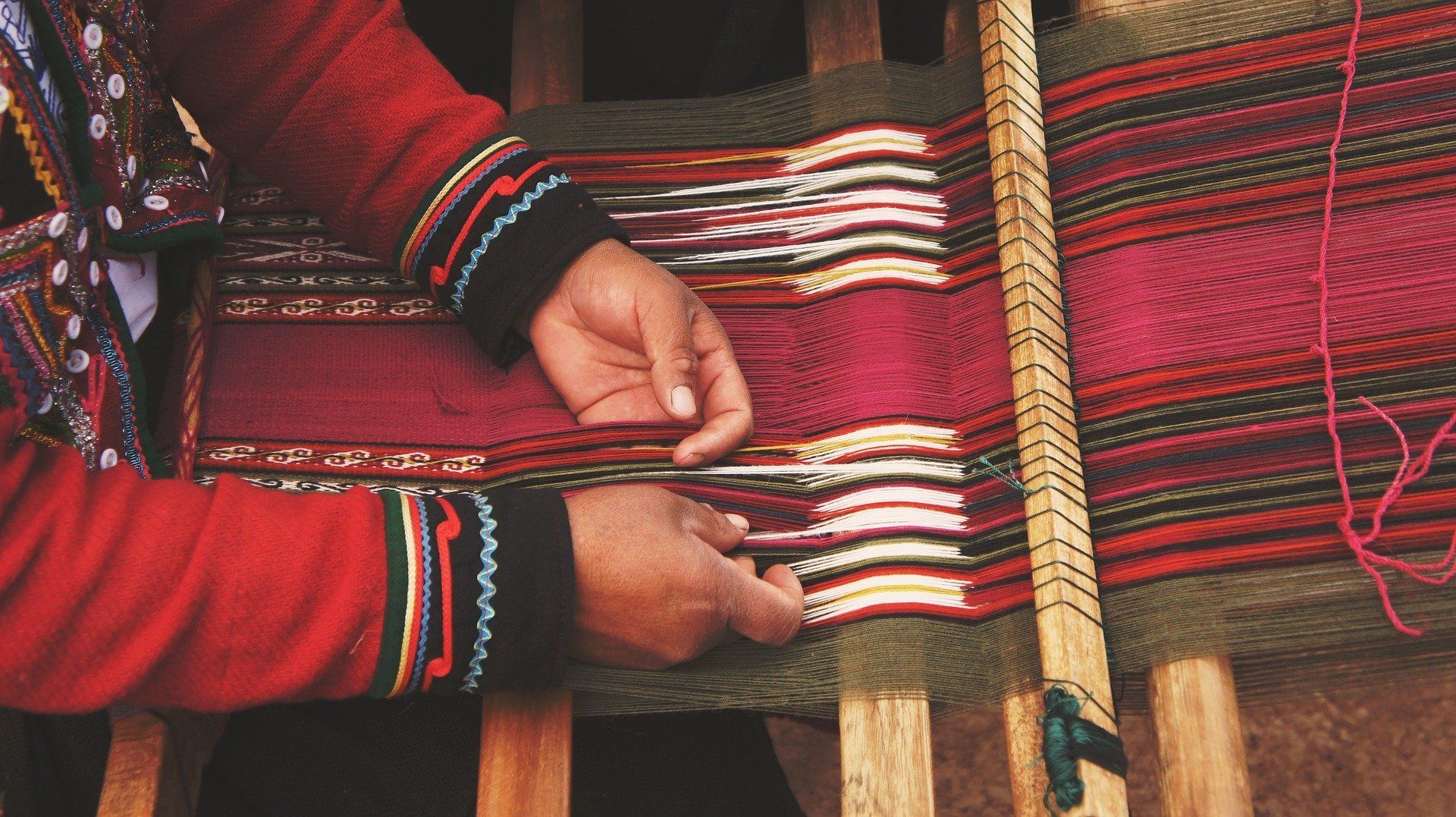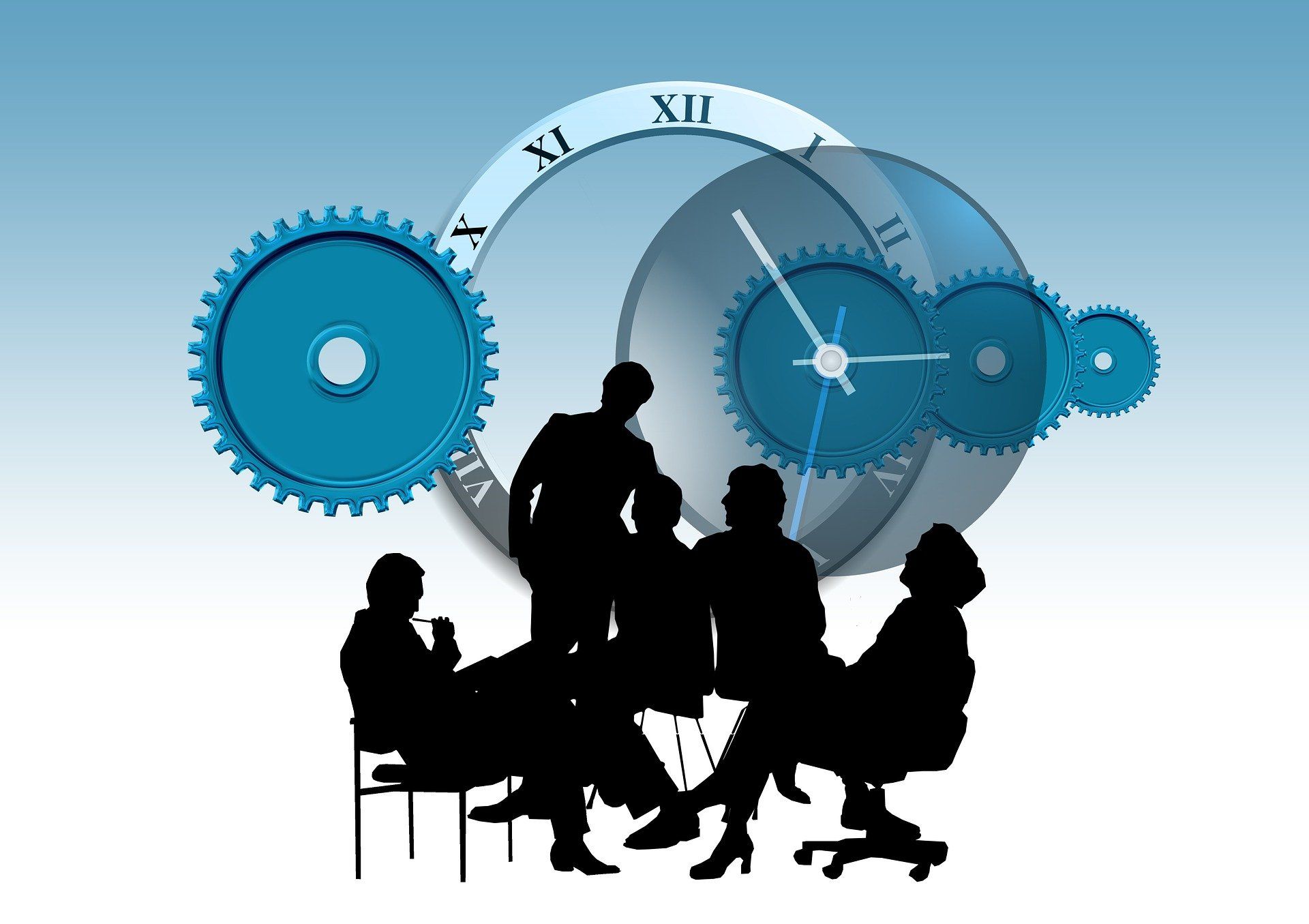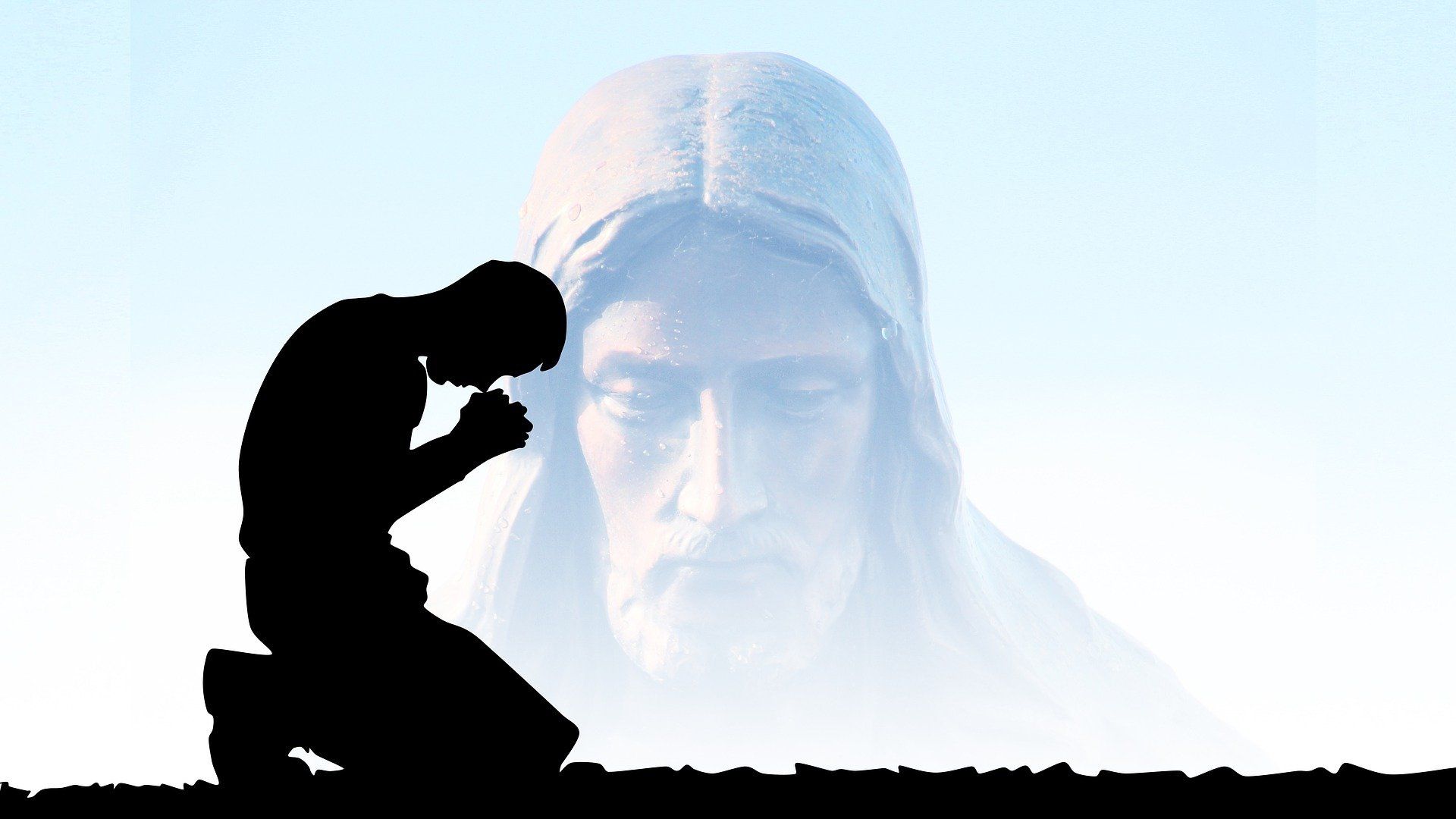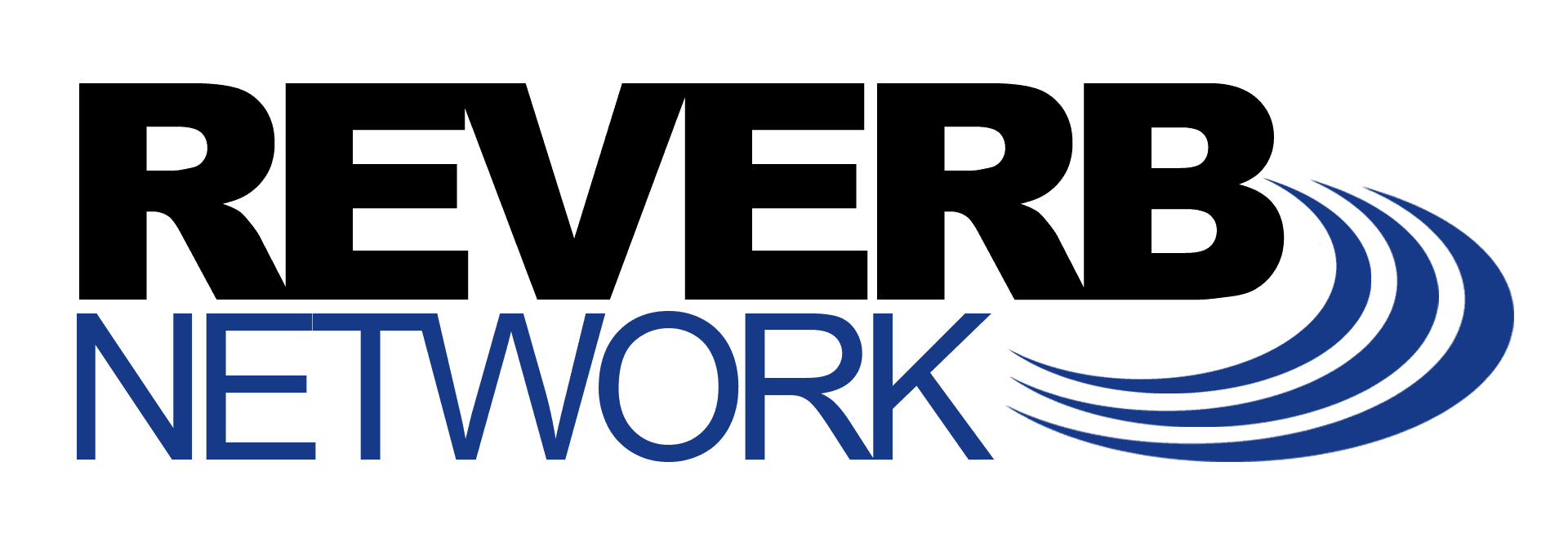Different Types of Teams
Healthy teams develop over time, progressing through several stages moving from basic formation to high performance.
On a newly-formed team
, the leader directs, reviews all the outcomes, conducts all the meetings, and is fully responsible for the results. Team members are learning new skills, learning to work together, and learning to relate to their leader. At first, they follow the leader because of his/her position (they “have” to); then they begin to follow because they “want” to. In other words, a leader moves positively from “rights” to “permission” based on how the relationships improve.
On a manage-centered team
, the leader gets input from team members to make informed decisions. The team reviews their own performance and helps set standards and goals. The leader works on greater participation and focuses on problem areas. People follow the leader because of what he/she has done for the mission or organization. They see the fruit of their labors when they work together under good management.
On a shared-leadership team
, different members begin to share leadership roles based on their strengths. Gaps in performance are addressed as the team leader focuses on training and team development. Team members hold each other accountable with 360 degree reviews (everyone around them submits feedback). People follow the leader for what he/she has done for them; they feel empowered to begin leading and take more ownership for the mission. Long-range growth occurs at this level.
On a high-performance and self-directed team
, the leader takes on the role of an outside coach to the team (or multiple teams) as leaders have been reproduced successfully and begin leading their own teams. The team is fully empowered and meets to discuss the challenges within their own teams. The team leader is respected and sought out for advice because of who he/she is or what he/she represents. These leaders grow people and organizations.
[Next week’s post will look at some of the “whys” behind teamwork.]



